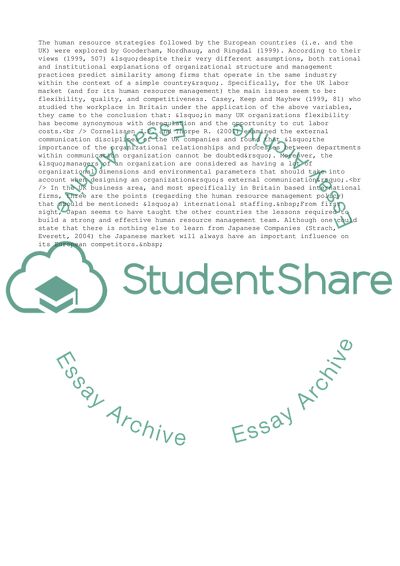Cite this document
(Human Resource Management Policies UK/ Japan Assignment, n.d.)
Human Resource Management Policies UK/ Japan Assignment. https://studentshare.org/management/1702899-contrast-how-human-resource-management-policies-and-practices-differ-in-the-uk-and-japan-by-selecting-two-sample-companies-as-a-case-studymicrosoft-and-honda
Human Resource Management Policies UK/ Japan Assignment. https://studentshare.org/management/1702899-contrast-how-human-resource-management-policies-and-practices-differ-in-the-uk-and-japan-by-selecting-two-sample-companies-as-a-case-studymicrosoft-and-honda
(Human Resource Management Policies UK/ Japan Assignment)
Human Resource Management Policies UK/ Japan Assignment. https://studentshare.org/management/1702899-contrast-how-human-resource-management-policies-and-practices-differ-in-the-uk-and-japan-by-selecting-two-sample-companies-as-a-case-studymicrosoft-and-honda.
Human Resource Management Policies UK/ Japan Assignment. https://studentshare.org/management/1702899-contrast-how-human-resource-management-policies-and-practices-differ-in-the-uk-and-japan-by-selecting-two-sample-companies-as-a-case-studymicrosoft-and-honda.
“Human Resource Management Policies UK/ Japan Assignment”. https://studentshare.org/management/1702899-contrast-how-human-resource-management-policies-and-practices-differ-in-the-uk-and-japan-by-selecting-two-sample-companies-as-a-case-studymicrosoft-and-honda.


